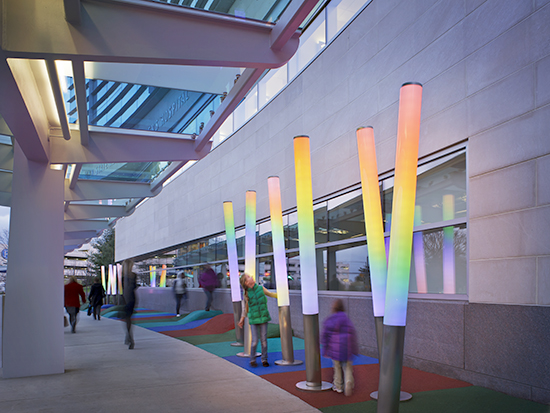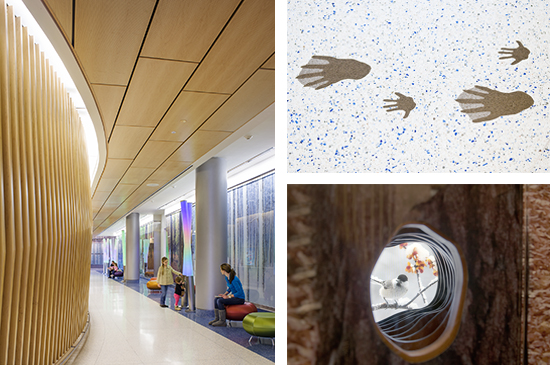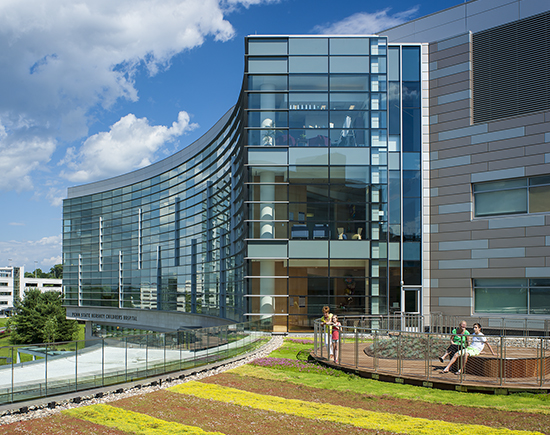
Last month, Leon Drachman presented at the 2013 Healthcare Facilities Symposium and Expo in Chicago. Leon led a panel presentation that included Laura Poltronieri AIA, Principal, Poltronieri Tang & Associates; A. Craig Hillemeier, Professor/Chair of Department of Pediatrics and Medical Director, Penn State Health Milton S. Hershey Medical Center, Children’s Hospital; and Gil S. Pak, Operations Director, Penn State Health Milton S. Hershey Medical Center, Children’s Hospital.
The session focused on integrated theming strategies for children’s hospitals. Children’s hospitals have featured “child-themed” decorative elements in their facilities for decades, as a means to create kid-friendly environments. These strategies tend to develop over time, as new elements are added to buildings that constantly grow and change. Few institutions have the opportunity to think holistically and comprehensibly about the qualities of a hospital exclusively dedicated to children of all ages and their families. In these cases, the architectural design of a new children’s hospital can be integrated with the development of a comprehensive design theme. This development (known as “theming”) has an essential impact on the healing quality of the environment, and ultimately on the establishment of a hospital’s brand. Furthermore, the process required to implement this approach is fundamentally different than the conventional design process, as it affects basic programming, design and management decisions throughout the process.
This educational session started with an overview of recent trends and approaches to theming at children’s hospitals across the US and around the world, presented by Laura Poltronieri. Through the case study of the new Penn State Health Milton S. Hershey Medical Center Children’s Hospital in Hershey, PA, which opened its doors earlier this year, Leon Drachman reviewed a set of design strategies necessary for a fully themed children’s hospital, along with a fully illustrated review of the resulting building. Dr. Hillemeier, medical director of the hospital, presented the historical framework that led to the creation of the project. Gil Pak provided insight into the process that guided the theme development and the institutional infrastructure that made it possible.




